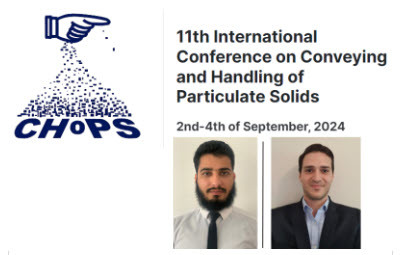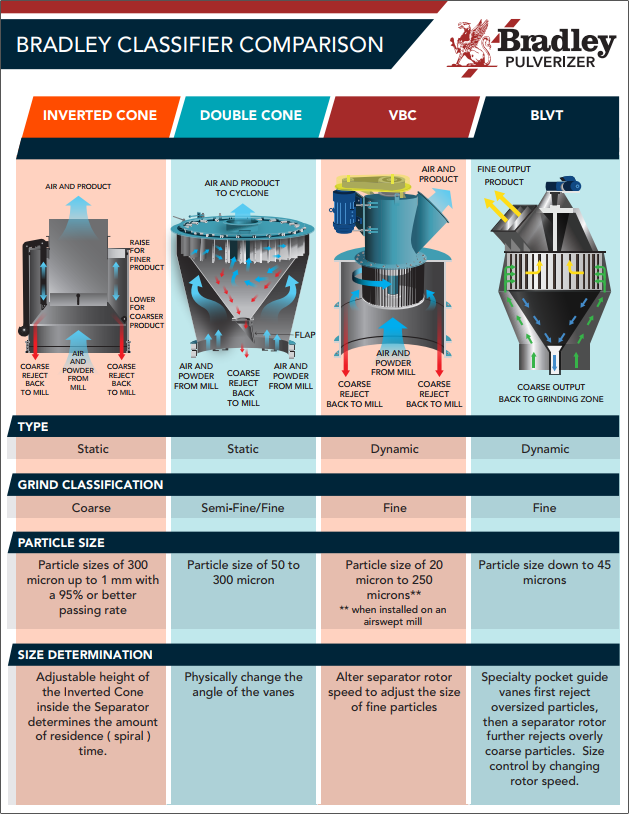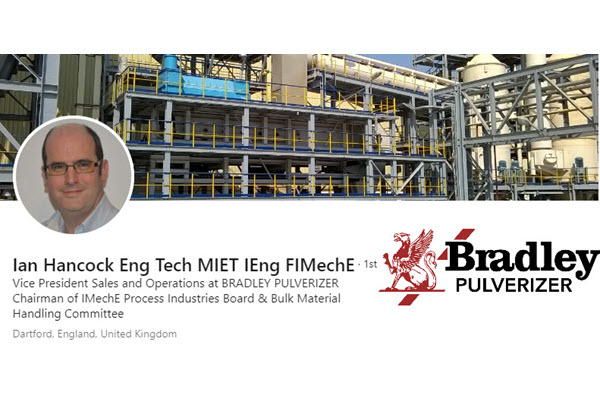WEBINAR – Maximizing Efficiencies in Ultrafine Air Classification: A Game-Changer for Plant-Based Proteins and Beyond
Industries from food processing to battery manufacturing are seeking innovative solutions to improve the efficiency and purity for producing the ultrafine powders that make up the foundation of these industries. … Read more












